Beekeepers misplaced over 42% of their colonies inside the 12 months that began in April, 2014. This acquired right here after a yr when complete winter losses had been 23%, decrease than the 30% frequent losses per yr since 2005.
The figures come from the Bee Educated Partnership, a collaborative effort between faculty evaluation laboratories, america Division of Agriculture, and the Nationwide Institute of Meals and Agriculture. The Partnership is dedicated to studying bee nicely being on a “large scale” considerably than specifically individual lab experiments. And that means information assortment.
The Partnership emphasised that the outcomes of their latest analysis had been preliminary and may change as additional information is accessible in.
The dying bees are a disappointment after a yr that instructed to some the worst of the colony loss epidemic may had handed. These pesticide corporations that blamed colony collapse dysfunction on the varroa mite parasite observed proof that they had been correct inside the 2013 outcomes.
Evaluation consensus is {{that a}} combination of issues, along with the mites, lack of forage habitat, and pesticides — significantly neonicotinoid pesticides — are at play in bee deaths. Pesticide producers have touted the varroa mite because the precept perpetrator. Nonetheless evaluation tends to point it’s the pesticides.
In 2013, the European Payment, citing their menace to honeybee populations, banned three neonicotinoid pesticides from use inside the European Union.
The Bee Partnership report includes one unusual finish end result: the extreme share of bees dying over the summer season. Summer season losses totaled larger than 27%, up from 19.8% the yr sooner than. It was the first time ever that summer season losses exceeded winter losses.
The Partnership report presents a revealing chart (scroll down) of winter, summer season, complete, and “acceptable” losses relationship once more to 2006.
Pesticide commerce comment, as reported by The Washington Submit, was dismissive of the report:
Dick Rogers, chief beekeeper for pesticide-maker Bayer, talked about the loss decide is “commonplace the least bit” and talked about the survey reveals an end outcomes of additional colonies now than sooner than: 2.74 million hives in 2015, up from 2.64 million in 2014.
In reality, beekeepers are on a regular basis elevating additional bees come spring, dividing the surviving hives and forcing the occasion of current colonies. Nonetheless ask any beekeeper if 40% colony loss (or 30% for that matter) is appropriate and see what they’re saying. The Bayer spokesperson’s “commonplace the least bit” is uninformed and insulting.
Positive, panorama forage for all pollinators have to be impressed, significantly inside the face of fixed rural development. And it might be a breakthrough if there have been a method to efficiently administration varroa mites that didn’t require chemical compounds with their very personal set of evils.
Nonetheless to seek for blame elsewhere and counsel — “no downside proper right here” — we switch on from consideration of a neonicotinoid ban, correctly, that virtually seems jail, significantly in gentle of the dangers neonicotinoids may pose to human nicely being.
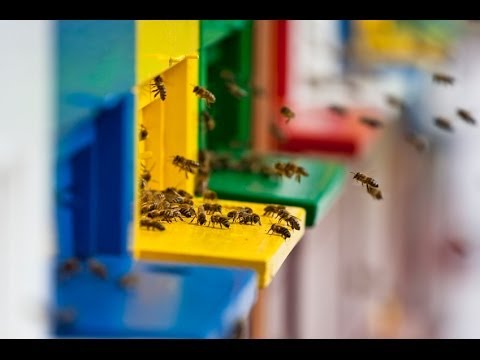
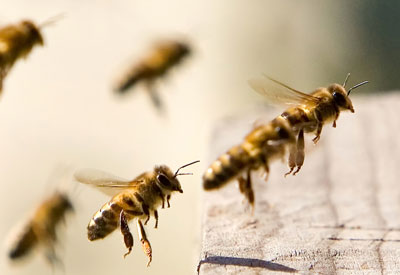
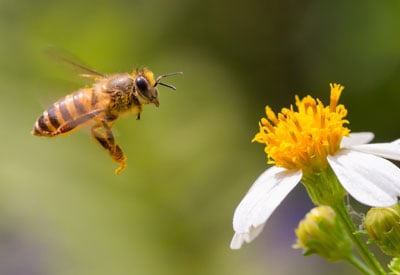


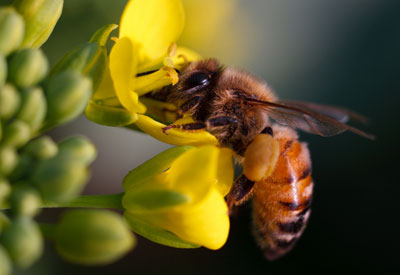
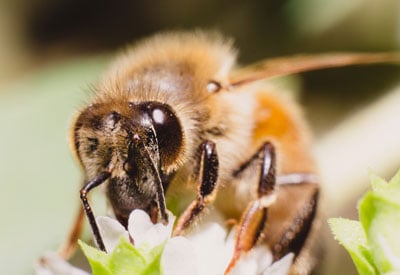
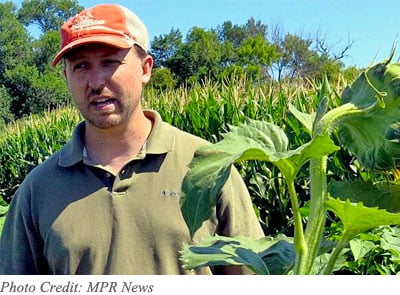
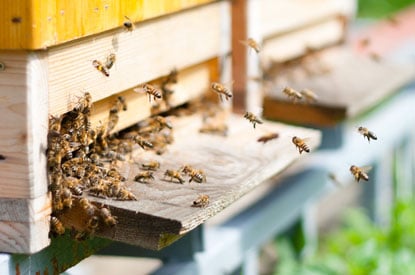


Leave a Reply